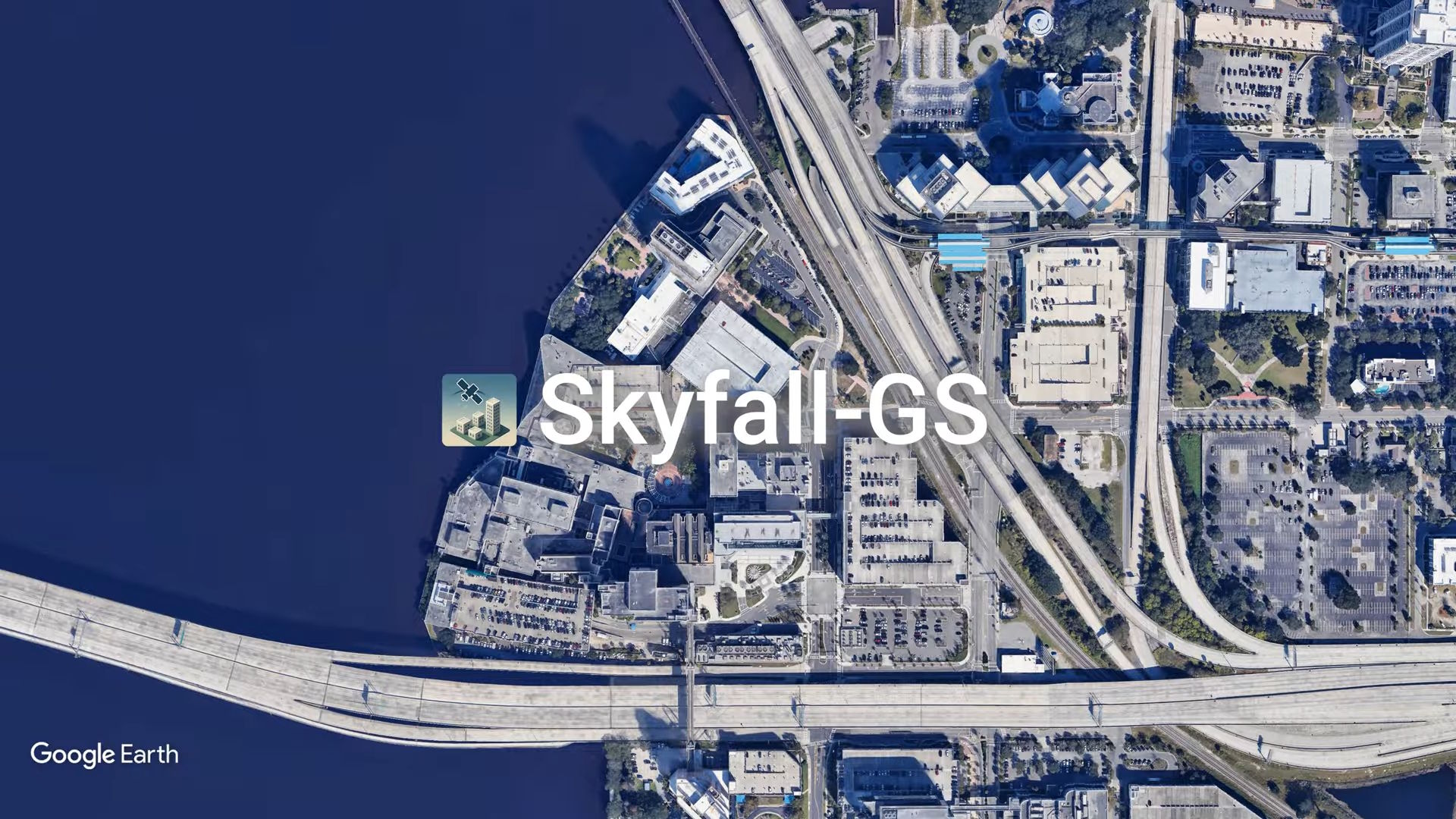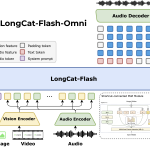Chaos-based reinforcement learning with TD3
PositiveArtificial Intelligence
A recent study has introduced chaos-based reinforcement learning (CBRL) using the advanced Twin Delayed Deep Deterministic Policy Gradients (TD3) algorithm. This innovative approach leverages the agent's internal chaotic dynamics to enhance exploration, marking a significant step forward in the development of learning algorithms. By integrating recent advancements in reinforcement learning, this research not only fills a gap in previous studies but also opens up new possibilities for more effective learning strategies in complex environments.
— Curated by the World Pulse Now AI Editorial System





